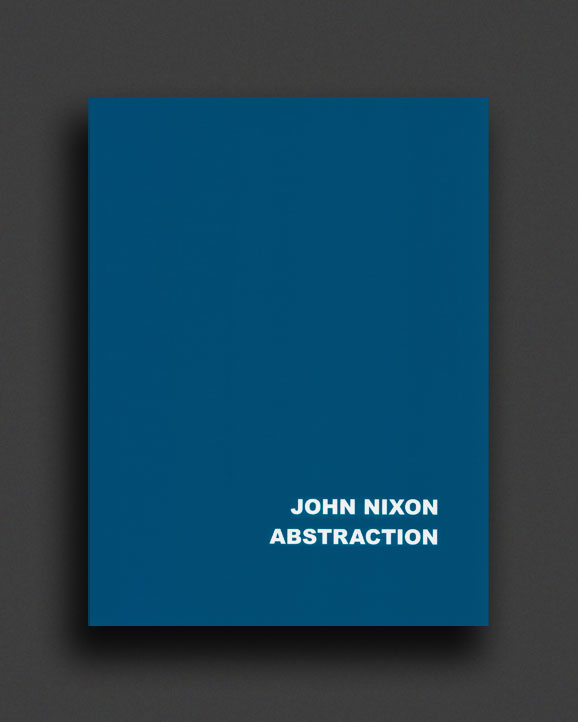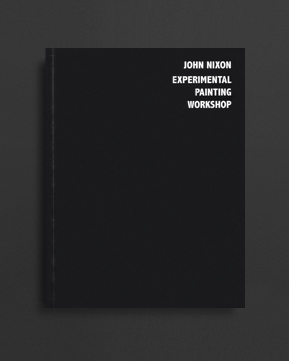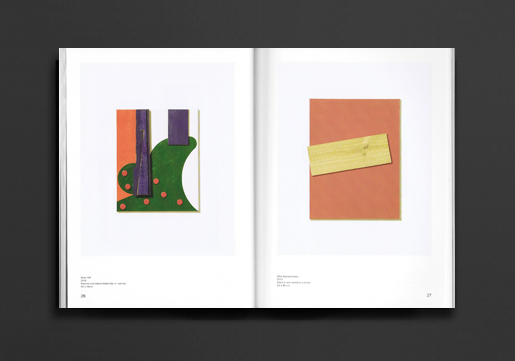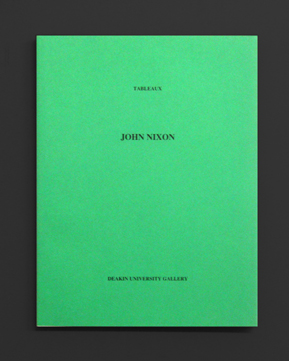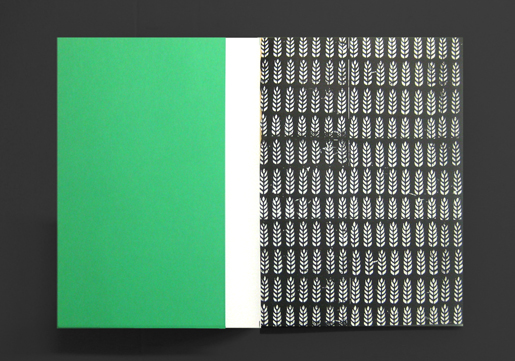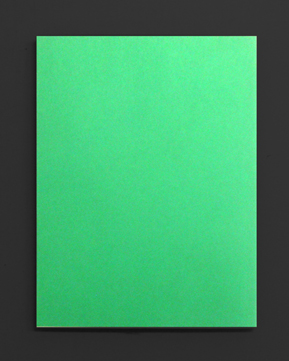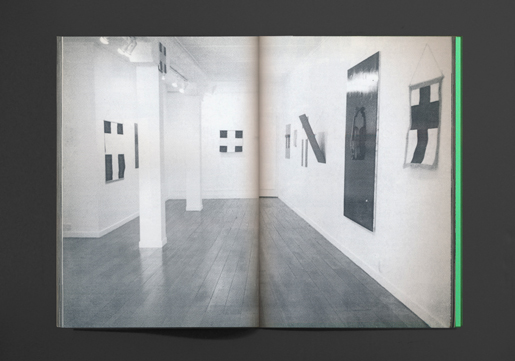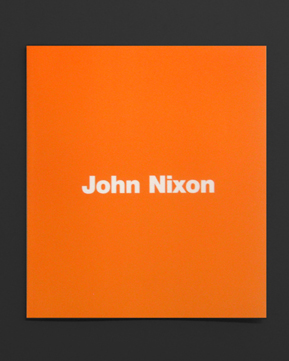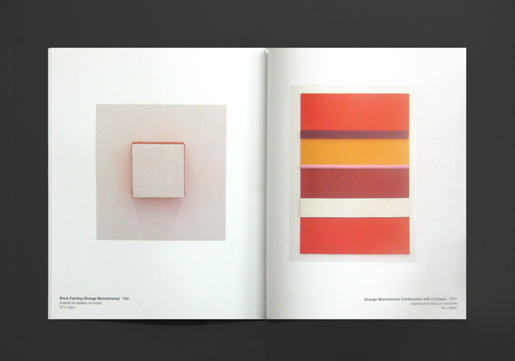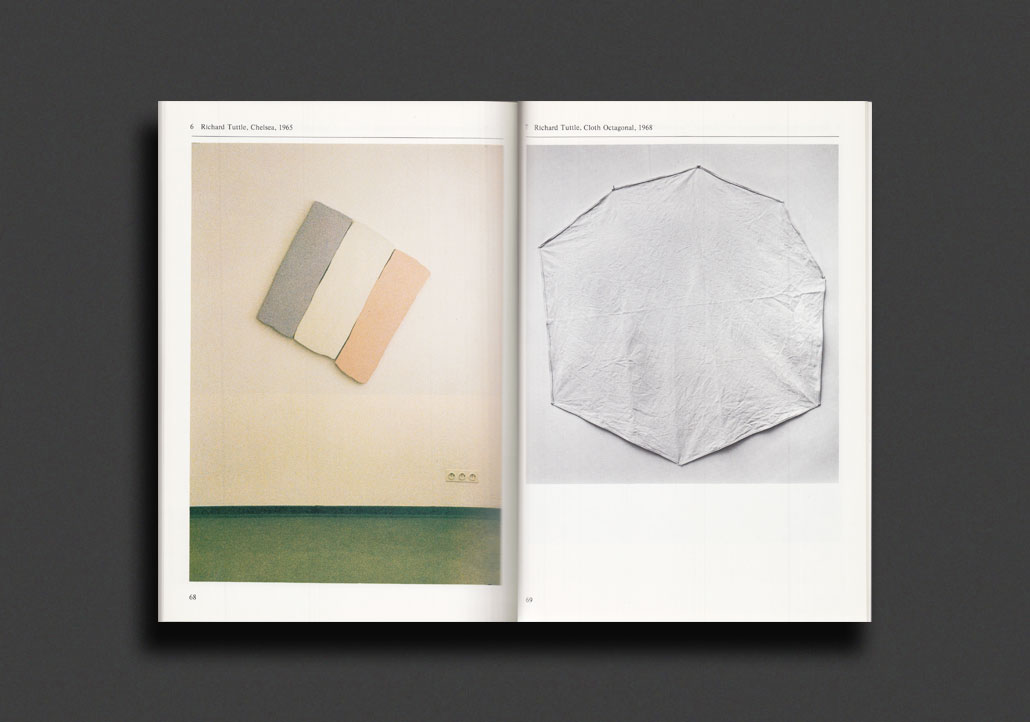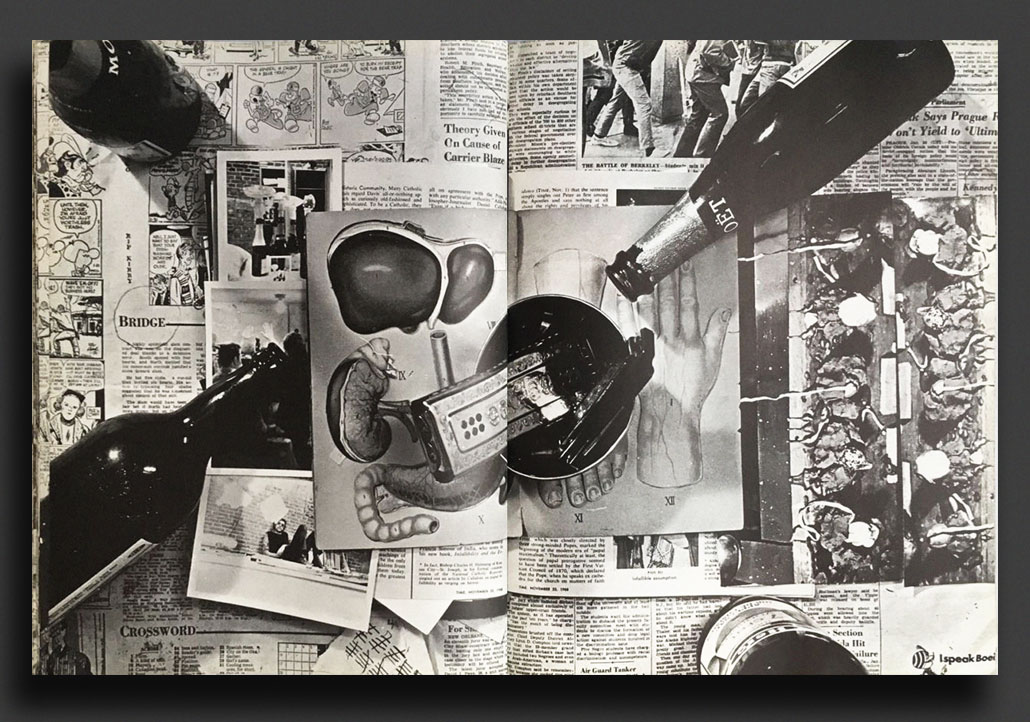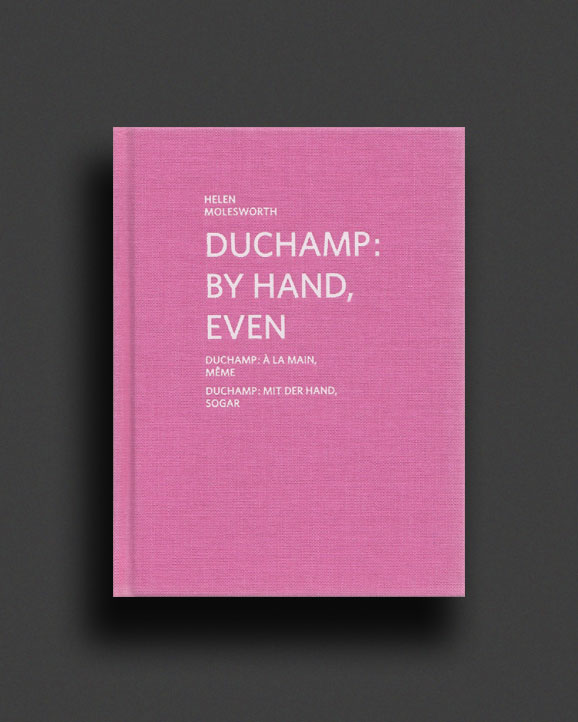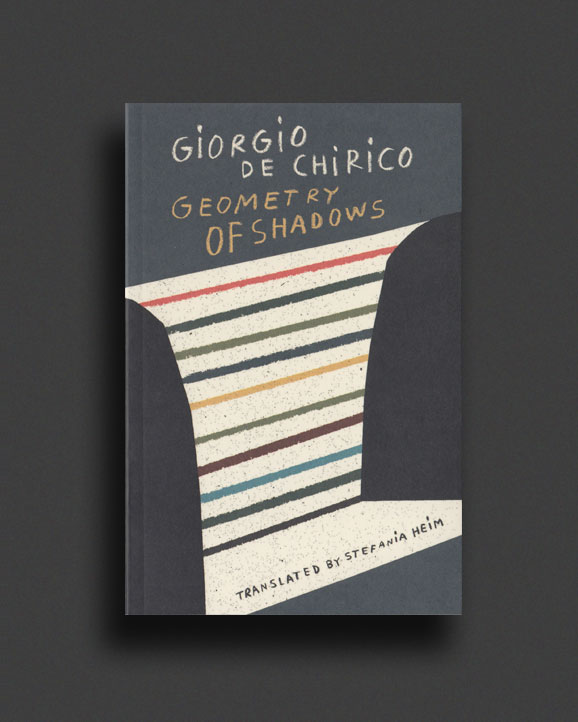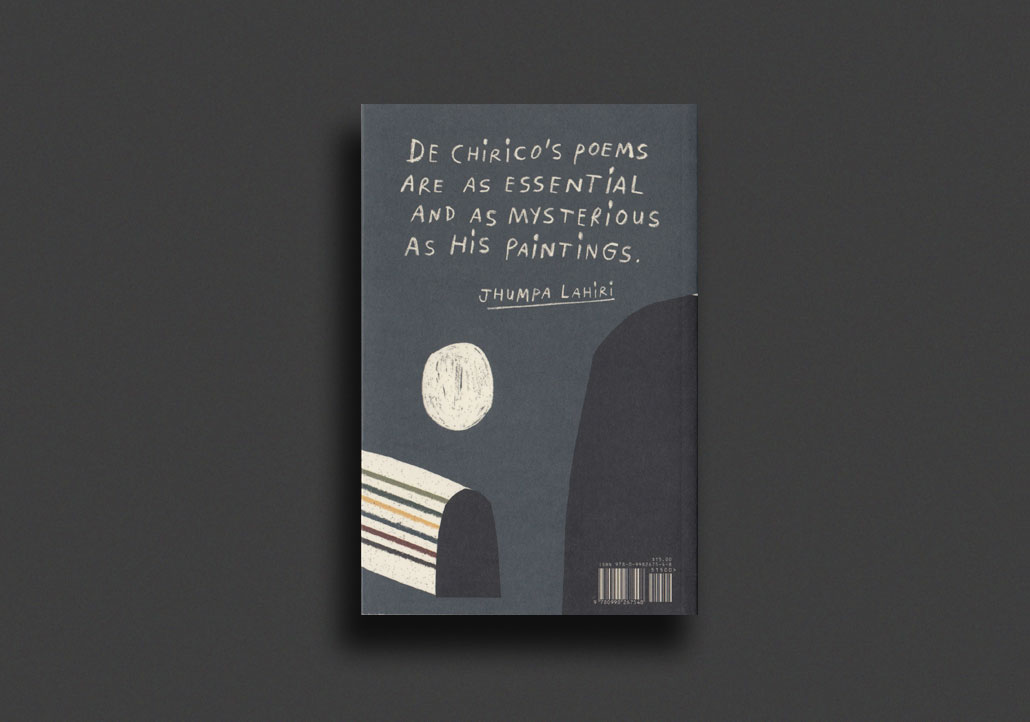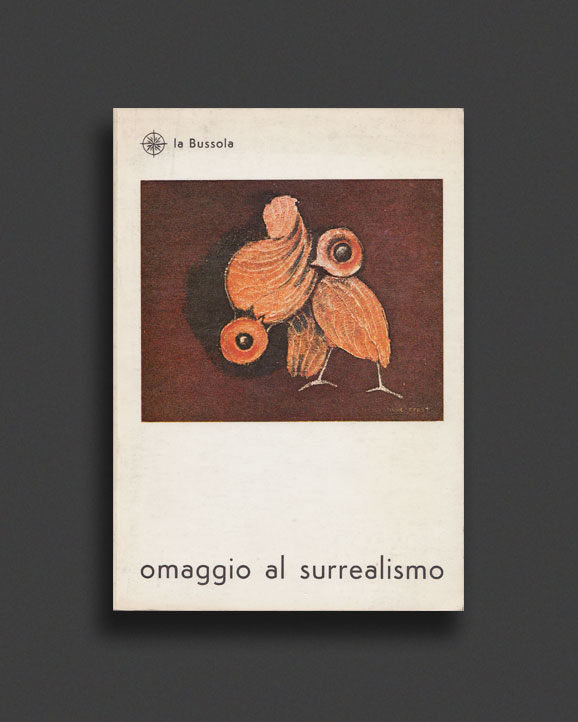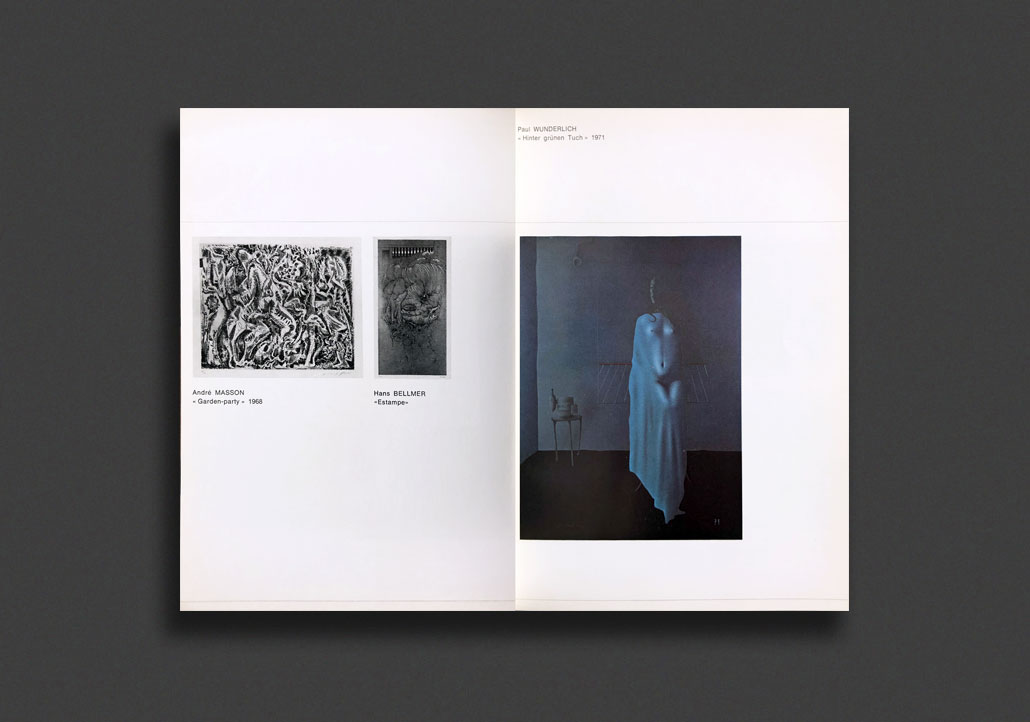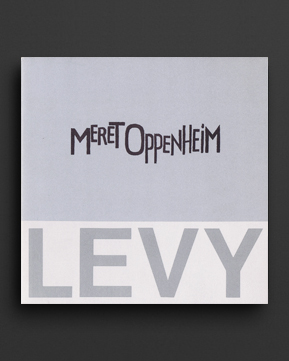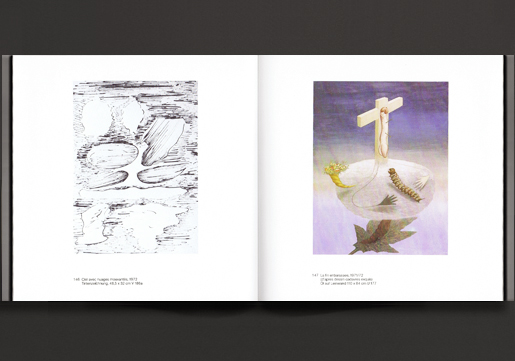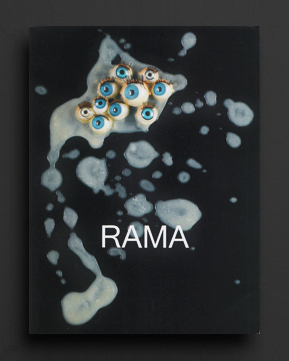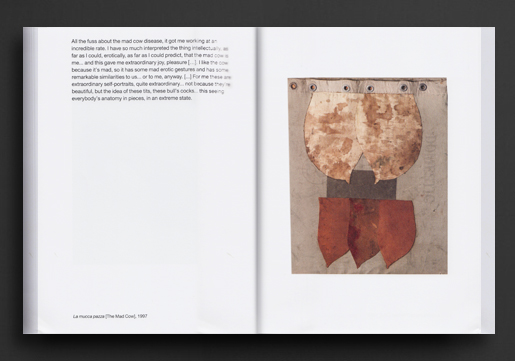(...less)
Catalogue published on the occasion of a major travelling exhibition of German-born Swiss Surrealist artist Meret Oppenheim at Kunsthalle Bern 8th September - 14th October 1984; Frankfurter Kunstverein December 19, 1984 - January 27, 1985; Haus am Waldsee Berlin February 23 - April 14, 1985. Includes illustrations of Oppenheim's sculptures, paintings and drawings throughout, alongside a complete work list, biography and various texts in German by Jean-Hubert Martin and Jim Palette as well as excerpts from a conversation. Back cover features a photograph of Oppenheim's 1983 Spiral Column (Spiralsaule), unofficially known as "Meret Oppenheim Fountain," on the Waisenhausplatz in Bern. A tall concrete column wrapped with a garland of grass over a small watercourse, the fountain provoked a petition for its removal.
very good copy.
Méret Elisabeth Oppenheim (6 October 1913 – 15 November 1985) was a German-born Swiss Surrealist artist. Oppenheim was a member of the Surrealist movement of the 1920s along with André Breton, Luis Buñuel, Max Ernst, and other writers and visual artists. Besides creating art objects, Oppenheim also famously appeared as a model for photographs by her friend Man Ray.
A a young age Oppenheim discovered the writings of Carl Jung, a friend of her father's, and was inspired to record her dreams in 1928. Her dreams would serve as important sources for much of her art throughout her life. The work of Paul Klee, the focus of a retrospective at the Kunshalle Basel in 1929, provided another strong influence on Oppenheim, arousing her to the possibilities of abstraction.
In 1932, at the age of 18, Oppenheim moved to Paris and met Hans Arp and Alberto Giacometti, who after visiting her studio and seeing her work, invited her to participate in the Surrealist exhibition in the “Salon des Surindépendants,” Paris. Oppenheim later met André Breton and began to participate in meetings at the Café de la Place Blanche with the Surrealist circle. The conceptual approach favored by Marchel Duchamp, Max Ernst, and Francis Picabia became important to her work. She continued to contribute to Surrealist exhibitions until 1960. Many of her pieces consisted of everyday objects arranged to allude to female sexuality and feminine exploitation by the opposite sex. Oppenheim’s paintings focused on the same themes. Her originality and audacity established her as a leading figure in the Surrealist movement.
Méret Oppenheim's first one-woman exhibition in the Galerie Sohulthess, Basel featured surrealist objects. In 1937, Oppenheim returned to Basel and this marked the start of her artistic block. She struggled after she met success and worried about her development as an artist. Méret Oppenheim usually worked in spontaneous bursts and at times destroyed her work. Oppenheim took a hiatus from her artistic career in 1939 after an exhibition at the Galerie René Drouin started by Rene Drouin in Paris. In the exhibition she was featured alongside many artists, including Leonor Fini and Max Ernst. She did not share any art with the public again until the 1950s. Oppenheim then reverted to her "original style" and based her new artworks on old sketches and earlier works and creations.
Méret Oppenheim's best known piece is Object (Le Déjeuner en fourrure) - Object (Breakfast in Fur)(1936). The sculpture consists of a teacup, saucer and spoon that the artist covered with fur from a Chinese gazelle. It was purchased by Alfred Barr for the collection of the Museum of Modern Art in New York and included the museum's first surrealist exhibition Fantastic Art: Dada and Surrealism in 1936. Oppenheim was willing to sell the piece for one thousand francs, but Barr only offered her $50 and she accepted. This was the first piece of art that the museum acquired, and Oppenheim became known as the First Lady of MoMA. The enormous success of this early work would later create problems for Oppenheim as an artist. Soon after its creation she drifted away from the Surrealists.
In 1937, Oppenheim returned to Basel, training as an art conservator in order to ensure her financial stability. This marked the beginning of a creative crisis that lasted until 1954. Although she maintained some contact with her friends in Paris, she created very little and destroyed or failed to finish much of what she created.
In 1956, Oppenheim designed the costumes and masks for Daniel Spoerri’s production of Picasso’s play Le Désir attrapé par la queue in Berne. She and artist Lilly Keller were cast as the curtains. Three years later, in 1959, she organized a Spring Banquet (Le Festin) in Bern for a few friends at which food was served on the body of a naked woman. With Oppenheim's permission, Andre Breton restaged the performance later that year at the opening of the Exposition inteRnatiOnale du Surrealisme (EROS), at the Galerie Cordier in Paris. Outside its original intimate setting, the performance was overly provocative and Oppenheim felt her original intention for the work was lost.
In the 1960s, Oppenheim's home base of Bern became much more important as an art center. She continued to live and work there, as well as at a second home in Carona, Italy (1968), and maintained a studio in Paris starting in 1972. She was an important figure in feminist debates in the early 1970s, although she refused to identify as a feminist.
In 1983 Oppenheim designed The Spiral Column (Spiralsaule), unofficially known as "Meret Oppenheim Fountain," on the Waisenhausplatz in Bern. A tall concrete column wrapped with a garland of grass over a small watercourse, the fountain provoked a petition for its removal. In 1985 City of Paris commissioned Spiral (Nature's Way) [Spirale (Gang de Natur) from Oppenheim for the Jardins de l'ancienne Ecole polytechnique on the Montagne Ste. Genevieve near the Pantheon. The work was based on a 1971 model and finished posthumously a few months after Oppenheim's death in 1986.
File under:
Meret Oppenheim
Jean-Hubert Martin
Jim Palette
Kunsthalle Bern / Bern
Art
Painting
Drawing
Sculpture / Installation
Feminism
Out-of-print / Rare
Surrealism




















































































































































